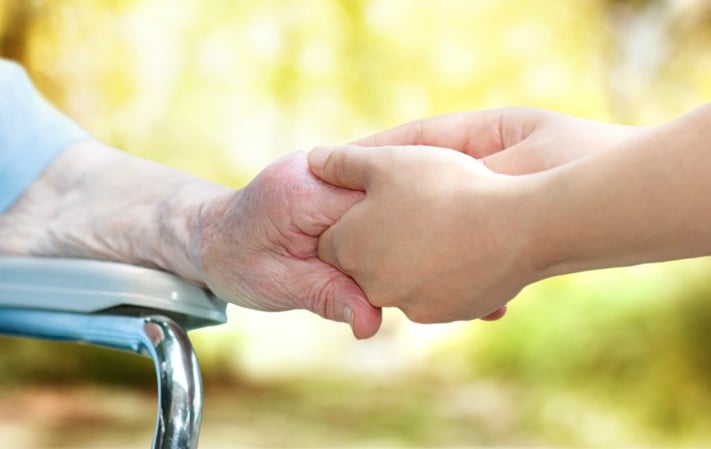
What You'll Learn

This blog was published on February 19, 2016 and updated on December 26, 2019.
The right assisted living community can make a big difference in a senior’s quality of life. Many seniors find that transitioning to senior living opens new doors, allowing them to master new hobbies, cultivate meaningful friendships, and get the help they need while still remaining as independent as possible. Quality dining, exceptional activities, and access to nearby family should figure prominently in the decision. However, it’s also important to ensure that the community can meet a senior’s care needs, especially if they might change.
Most assisted living communities offer different levels of care to residents, and they tend to charge according to those care levels. The right level of care ensures appropriate staffing and supervision, as well as appropriate training for each senior’s specific care needs.
Most senior living communities identify a senior’s needs based on activities of daily living (ADLs). These are the daily tasks with which a senior may require assistance. The more help a senior needs, the higher their level of care will be.
Here are some important ADLs and the care needs commonly associated with them.
Bathing
Bathing is an important ADL and can be the crux of many safety and hygiene issues. Residents who can shower without assistance are at a lower level of care than someone who needs a caregiver to be present during the process. In the middle level of care might be someone who needs some assistance with shower setup, but can complete most of the rest of the task independently, or with some verbal cueing. If a senior needs (or prefers) a shower more than one to two times per week, the level of care may increase as well.
Dressing
Dressing, and undressing, can be a complicated task even for otherwise independent residents. Small buttons and hooks can be a fine motor skill nightmare for some, while simple clothing selection can be challenging for others. Someone who can dress independently would need less care than someone who needs physical assistance from a caregiver.
Toileting
Toileting can include not only transferring to/from the toilet, but also any hygiene or continence needs that a senior may have. Seniors who can manage that process independently will need less care than seniors who require more hands-on — or verbal — assistance. Toileting levels of care may also increase if the senior chooses to have the community order incontinence products instead of being in charge of getting those on their own.
Ambulation
Ambulation, or getting from one place to another, can come in many different forms in assisted living communities. Some residents walk without any support while others use a cane, walker, wheelchair, or scooter. Level of care does not necessarily increase if a mobility aid such as a walker or wheelchair is needed. Instead, this is determined by what level of assistance from staff members a resident would need. For example, someone who can ambulate in their wheelchair independently would need less hands-on care than someone who can only walk when holding on to a caregiver’s arm.
Supervision
Some seniors only need help with specific tasks, or supervision for potentially dangerous activities such as showering. Others need more extensive daily supervision. For example, a senior who tends to wander or who experiences dementia-related hallucinations may not be able to be safely alone. These seniors need and deserve more intensive care in a unit that can keep them safe. Conversely, some seniors may be mostly independent, but still require a daily check-in or two. These seniors can often live alone in their homes or a senior living community as long as a knowledgeable, caring person checks on them daily.
Memory Care
Finally, many assisted living communities offer wonderful memory care programs for residents who are living with dementia and other memory-loss issues. These programs are small communities within communities, focused on resident engagement and safety. Staff is specially trained and activities promote a sense of calm independence, while gourmet meals and a fine dining environment promote independence and dignity. These memory care options are often priced differently than other assisted living apartment plans, but also include the more specialized approaches.
As you begin the search for assisted living communities, make identifying the level of care you need a priority. Then ask specific questions about the level of support you or the senior you love can expect. It’s helpful to also ask about a continuum of care as a senior’s needs change, especially for seniors with progressive or degenerative conditions. The right senior living community can continue to offer quality, dignified care even as a senior’s needs change.
This post was updated in December 2019.

